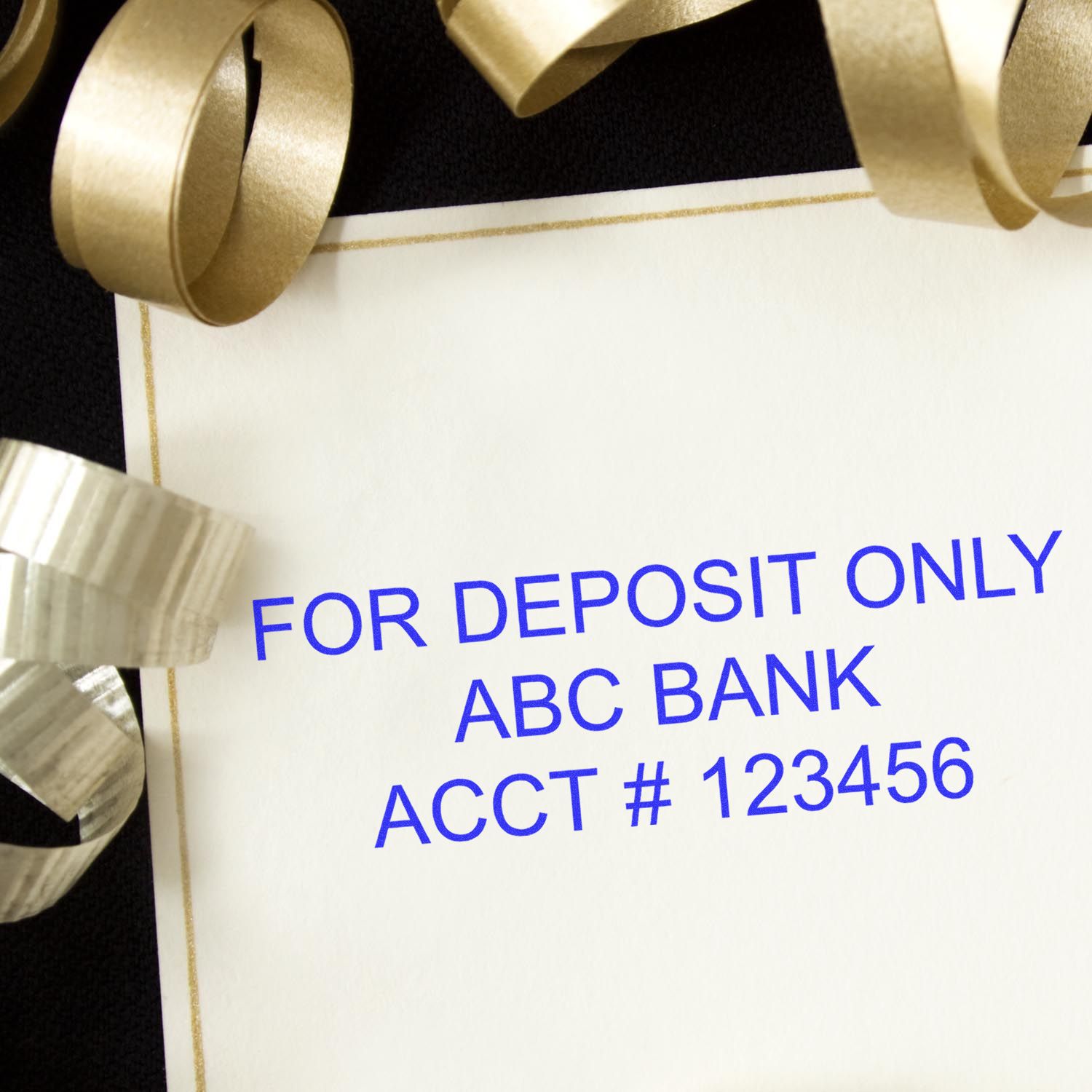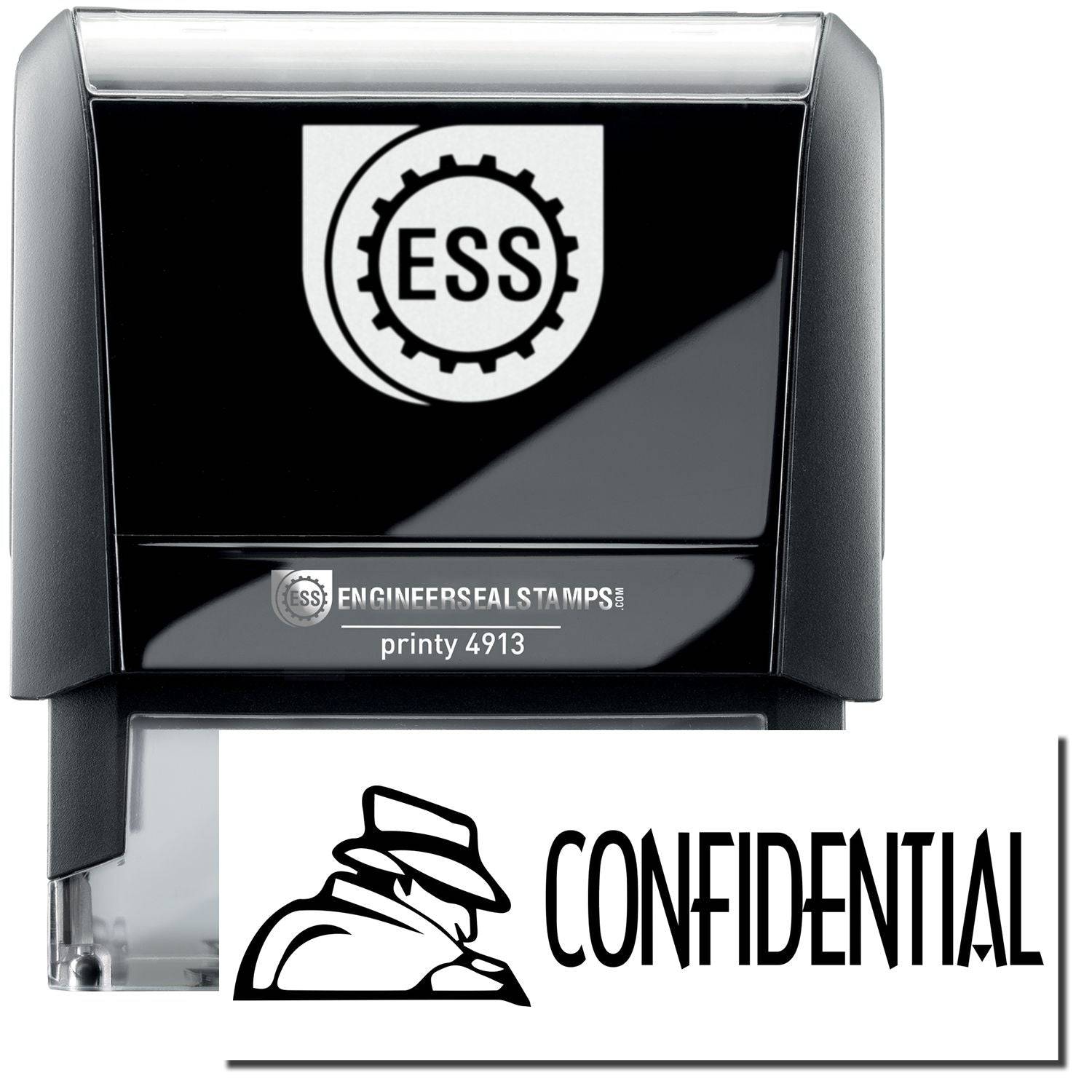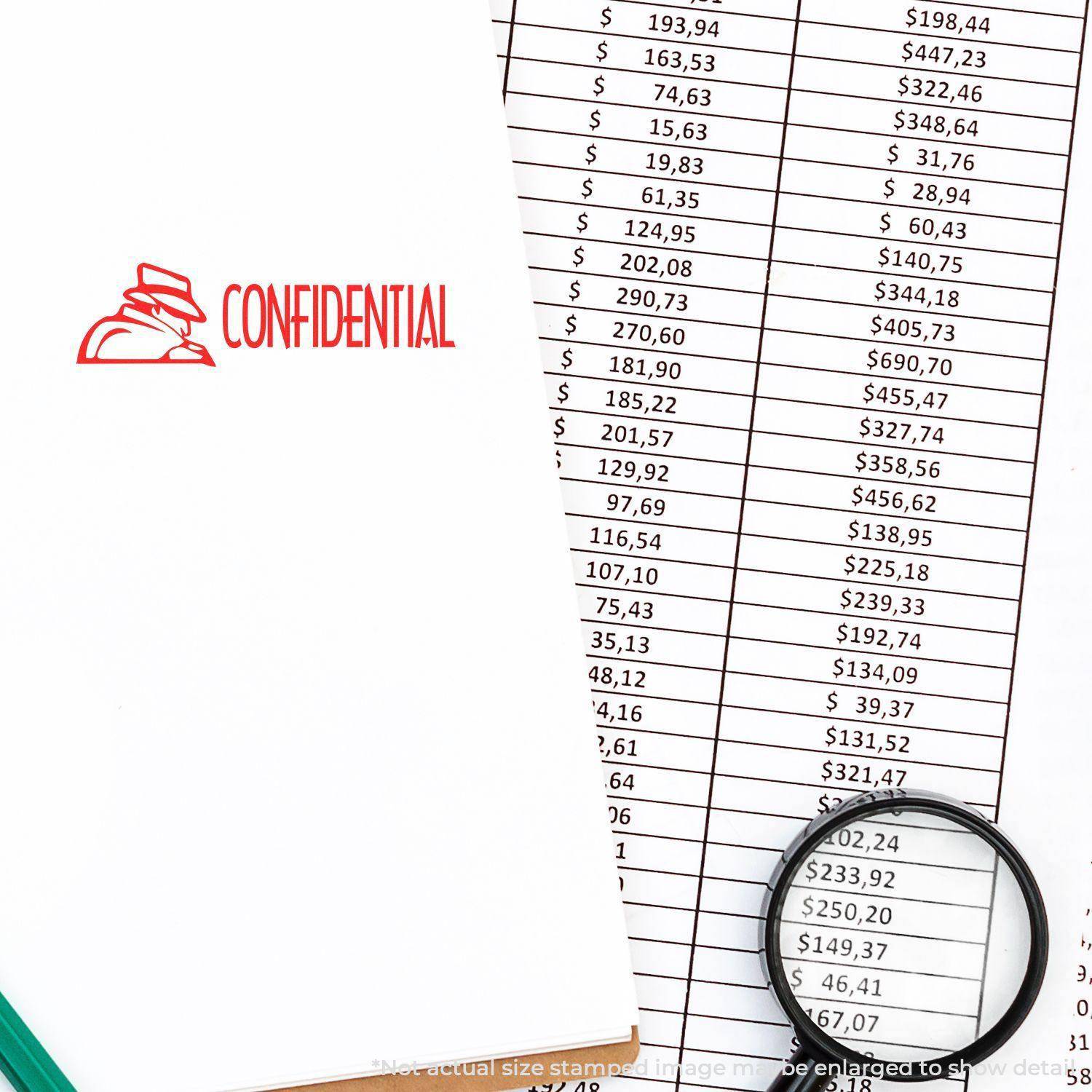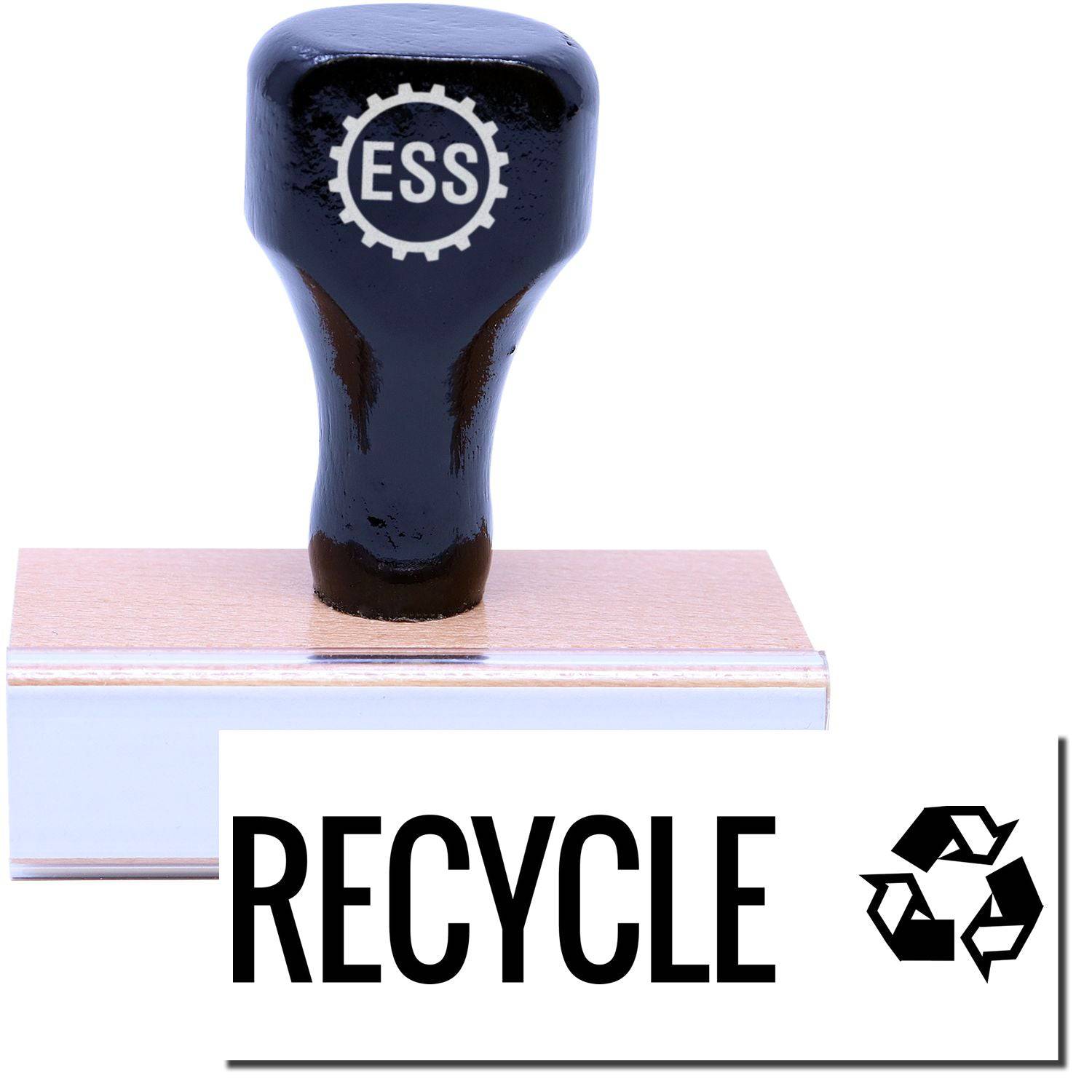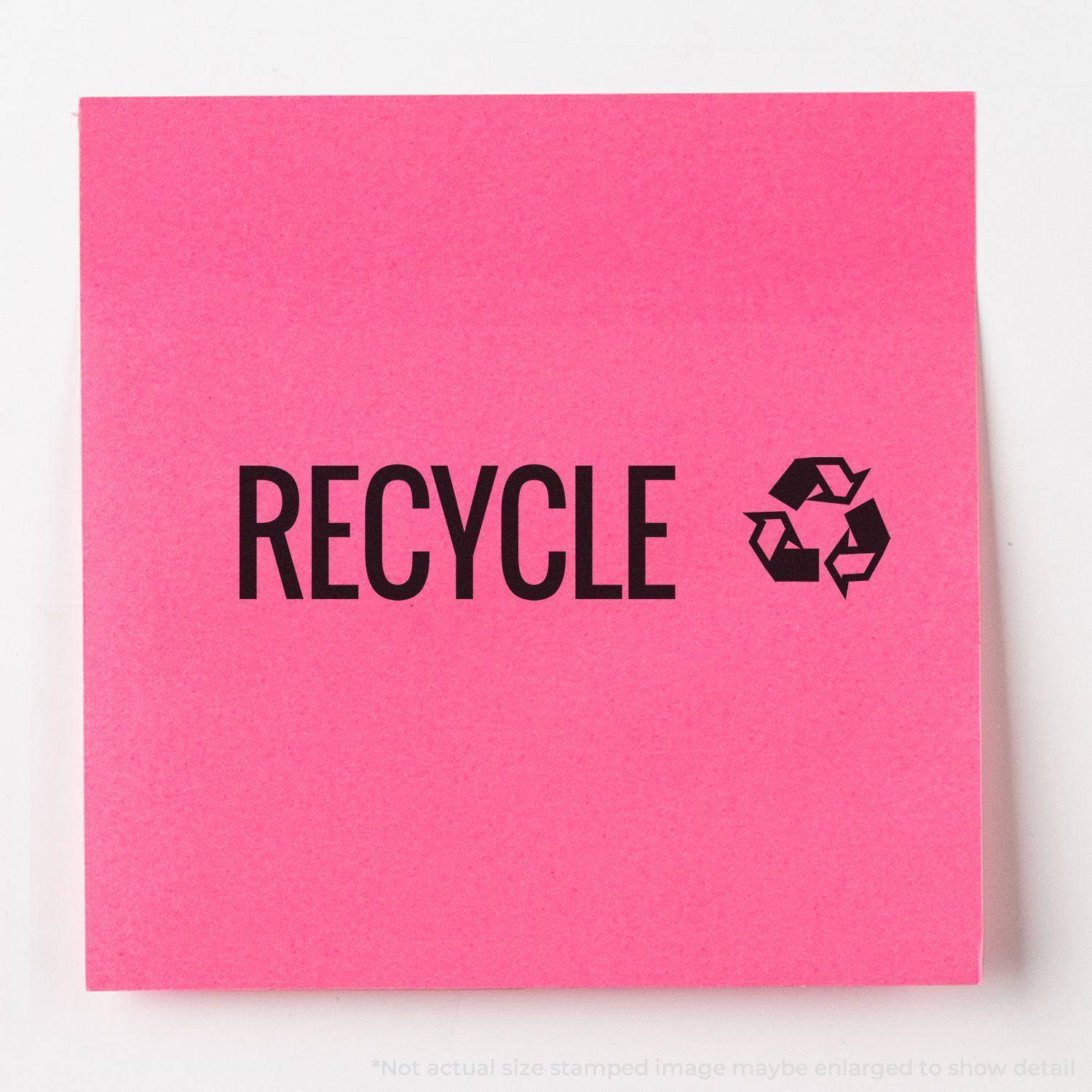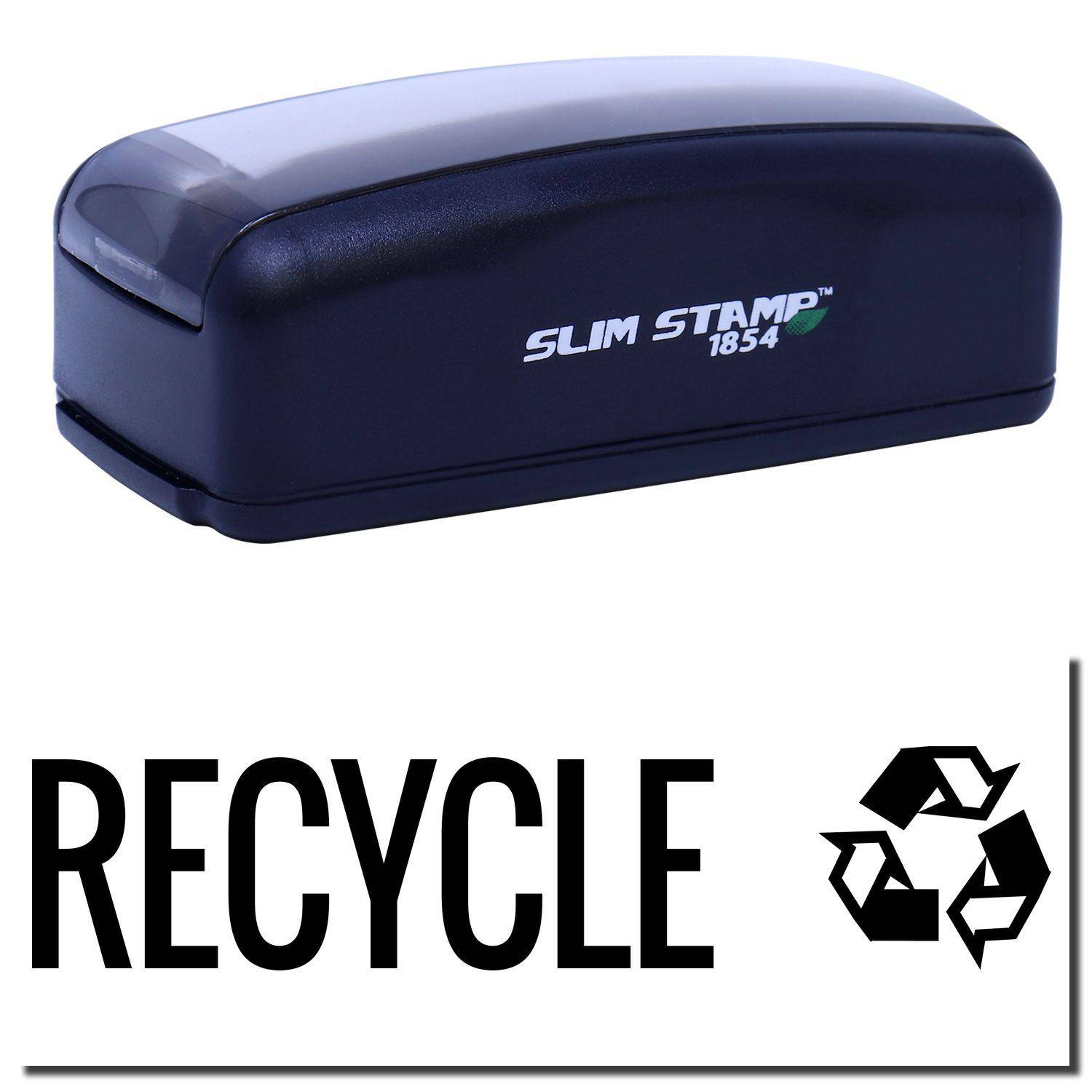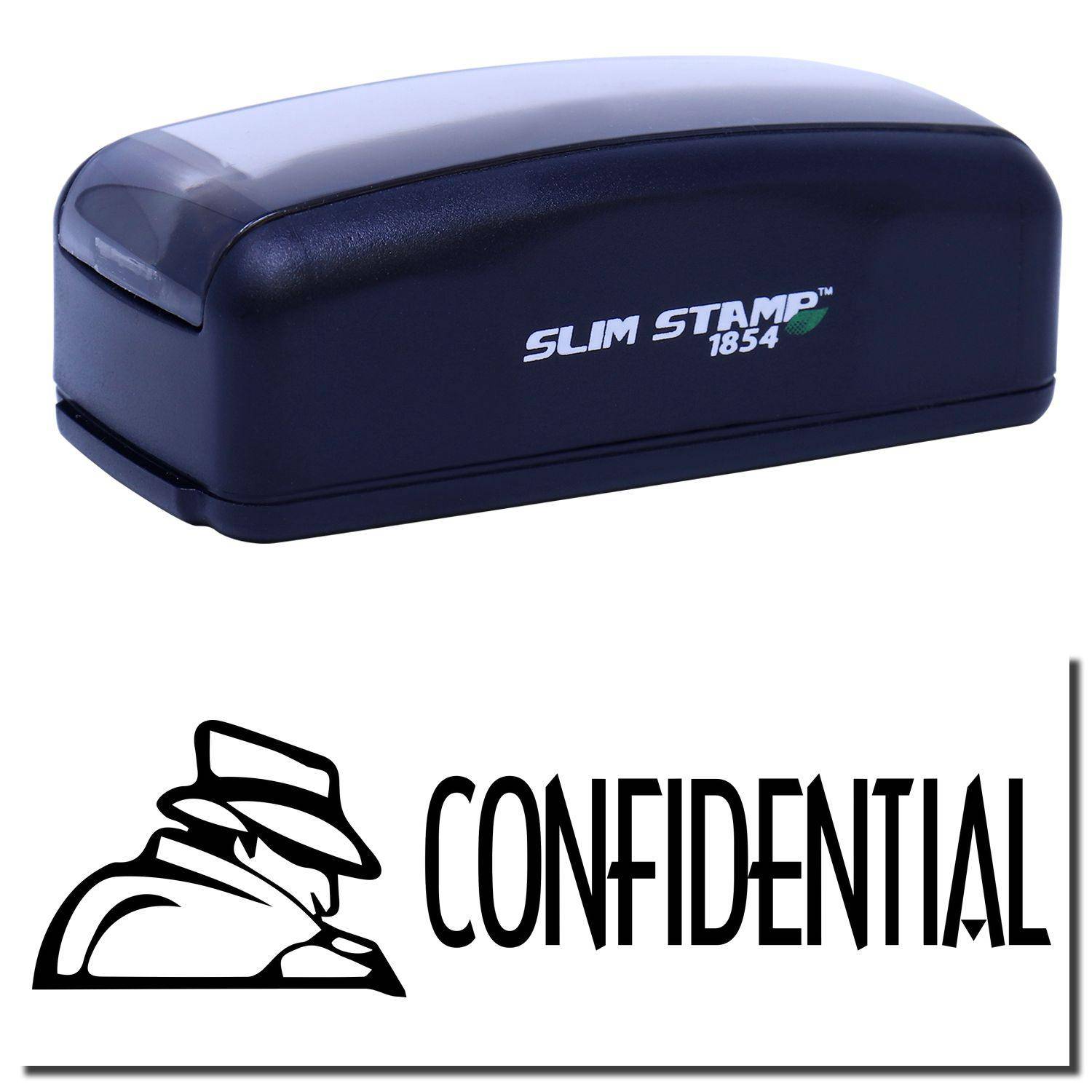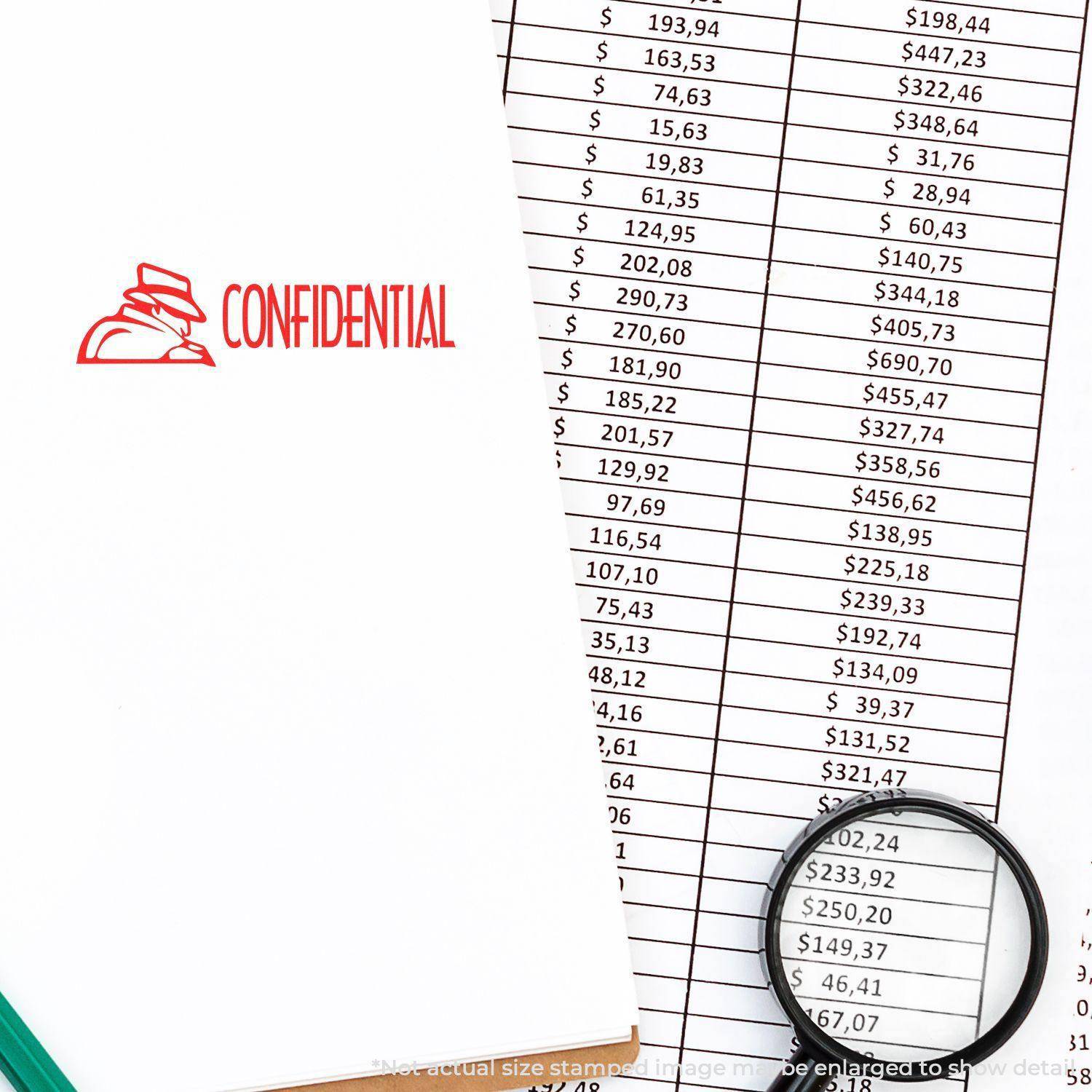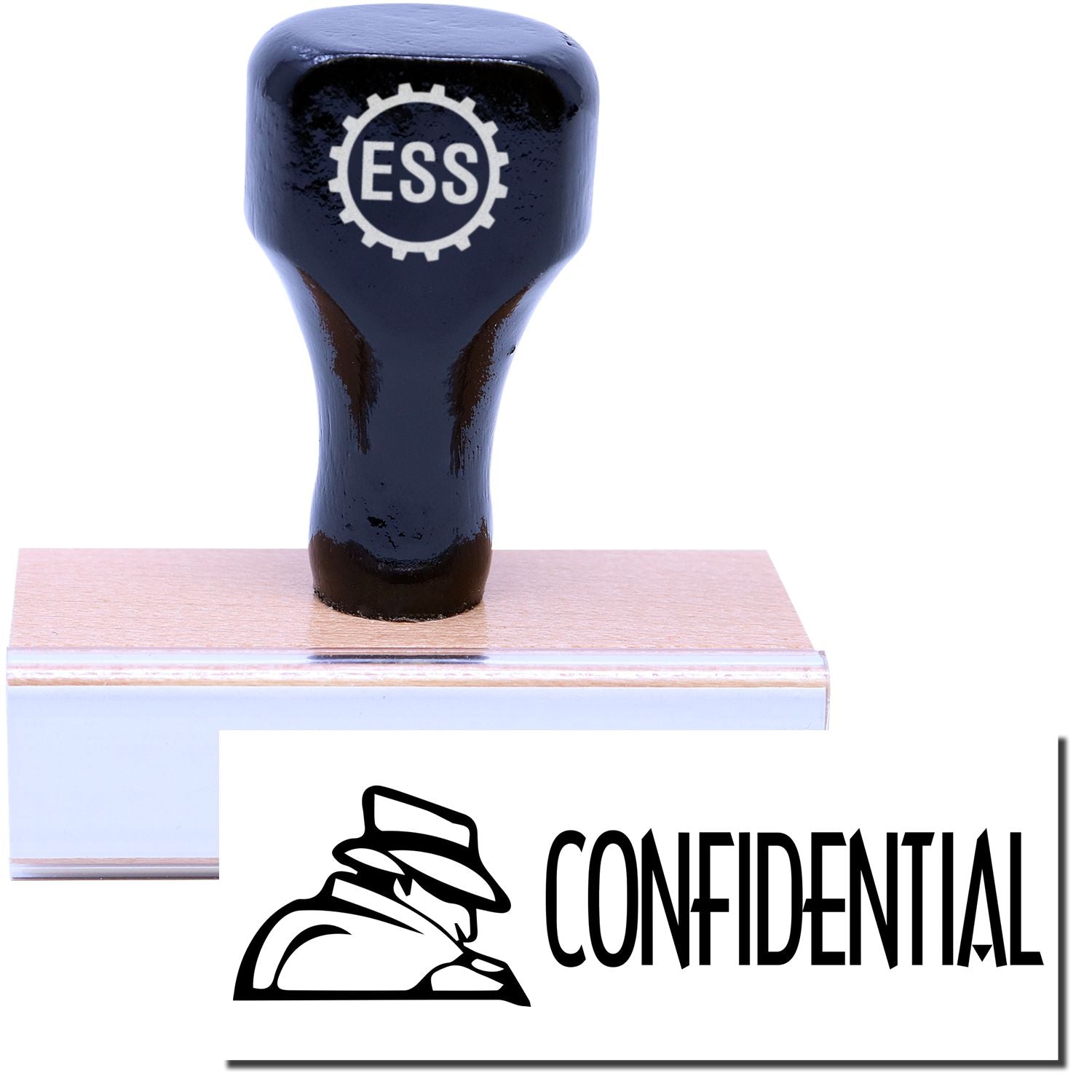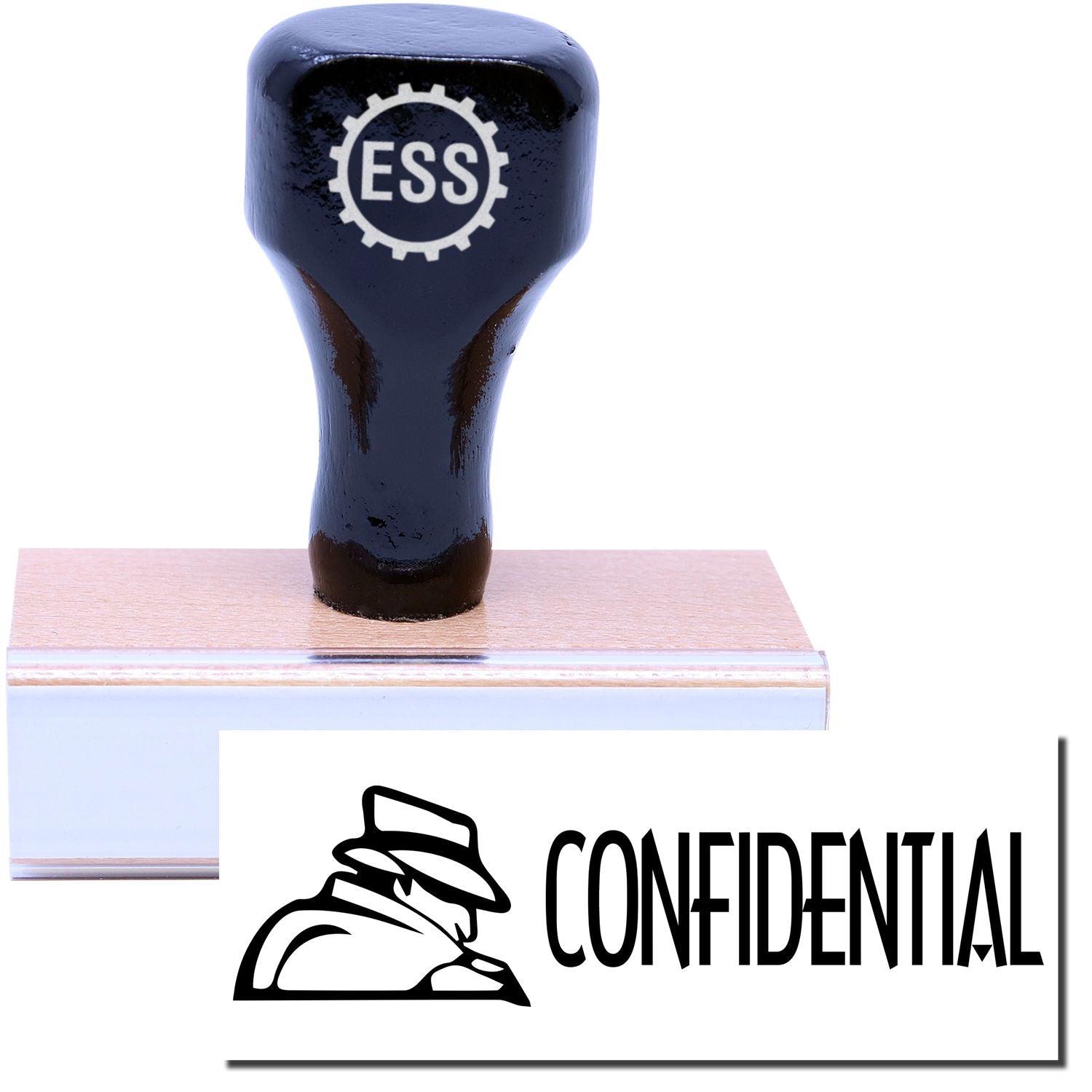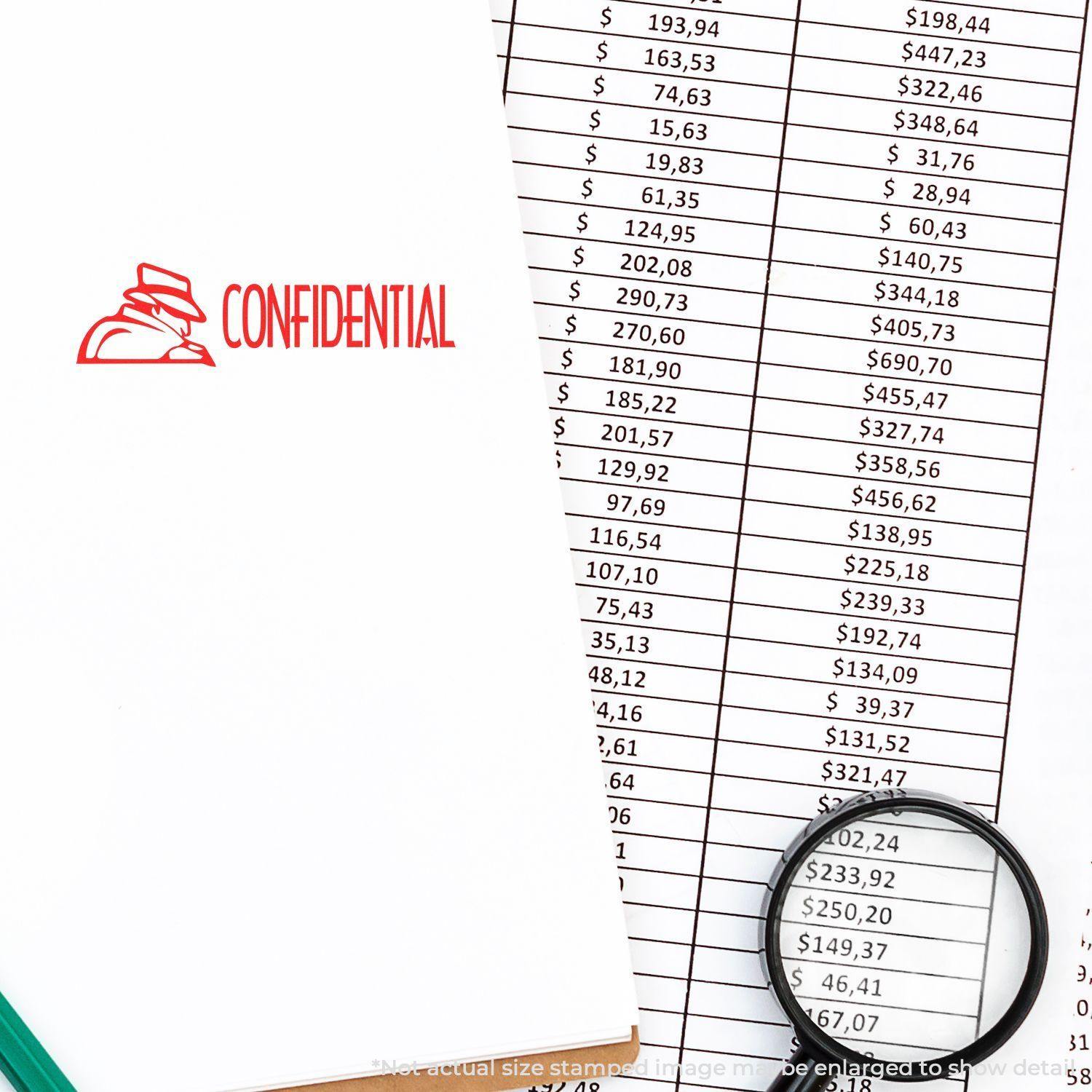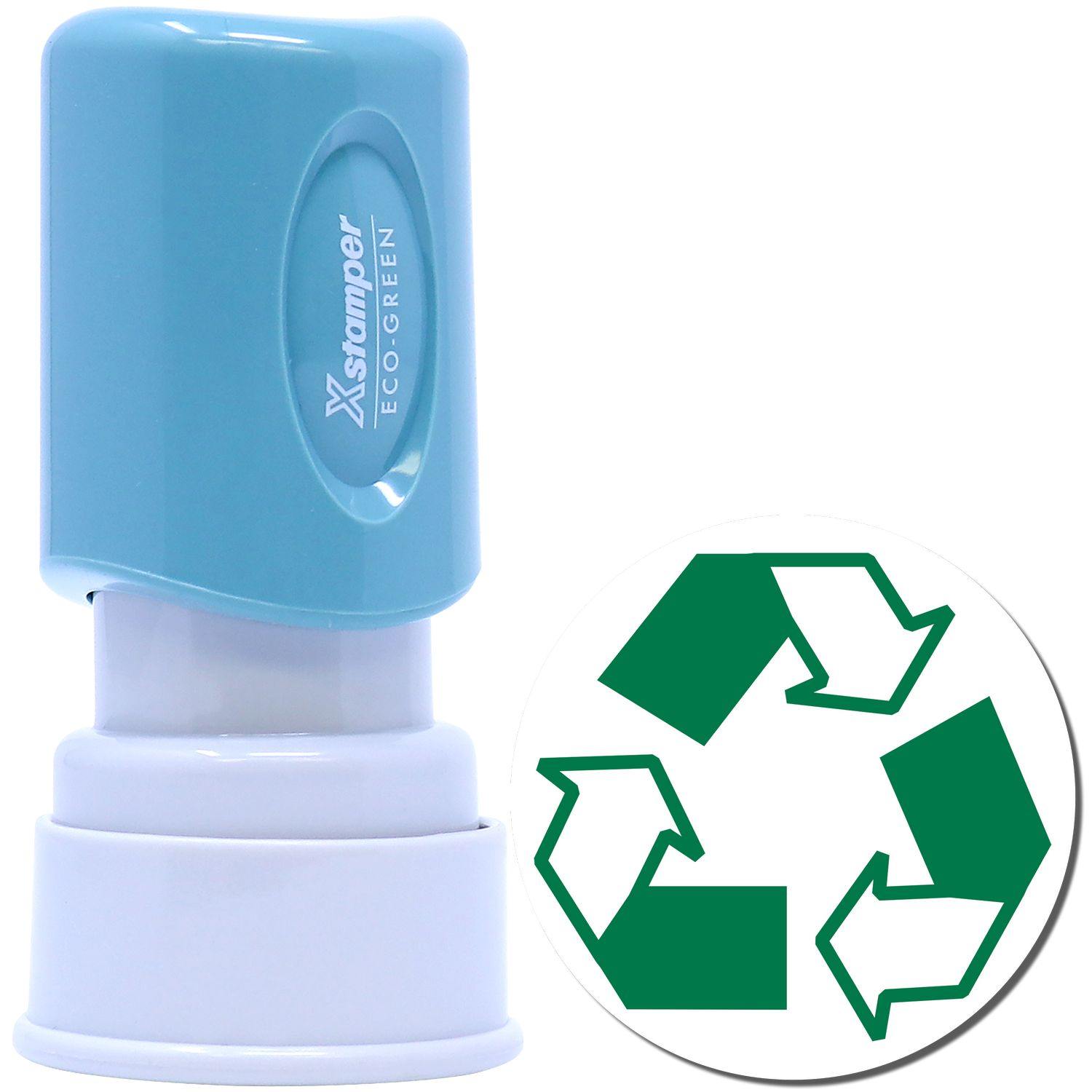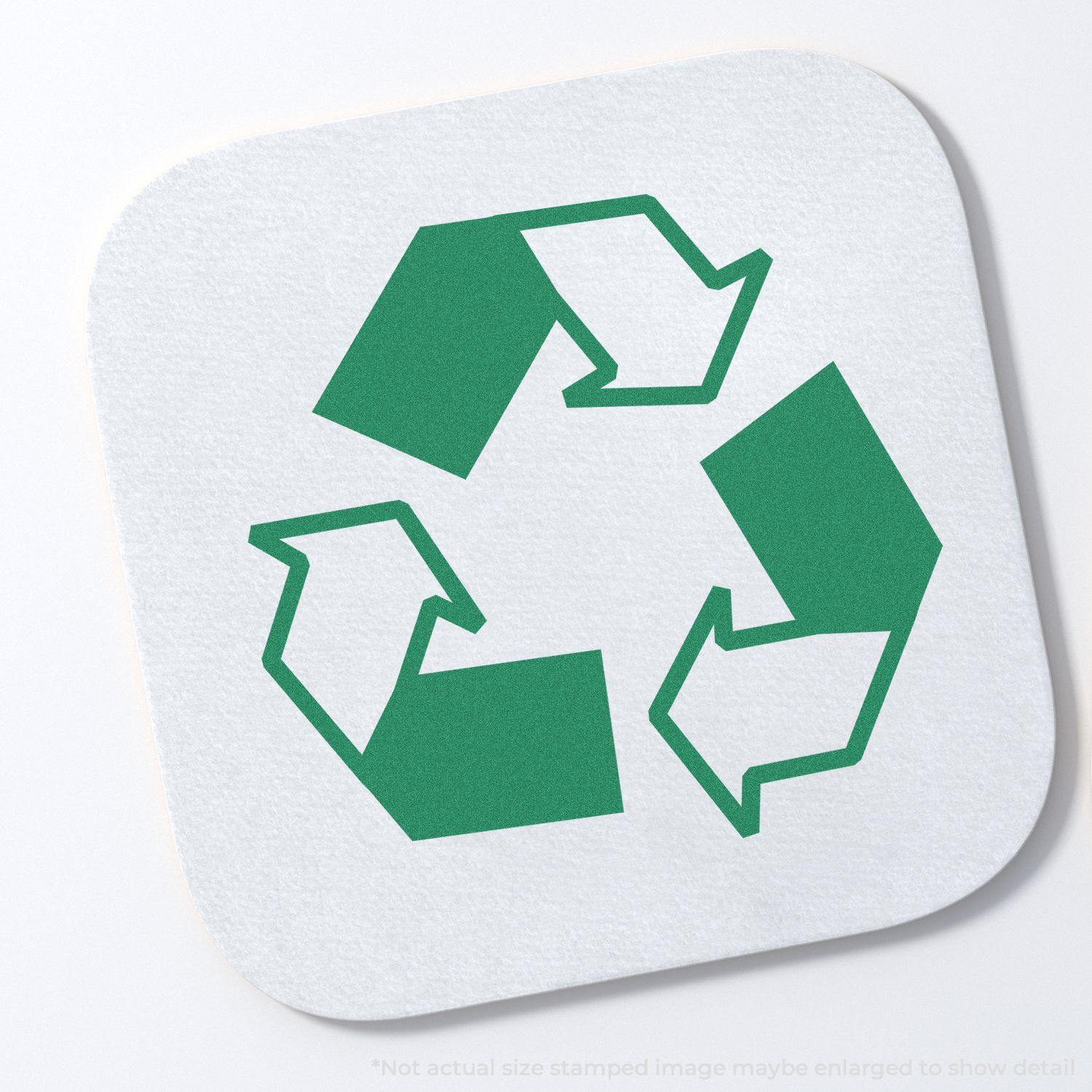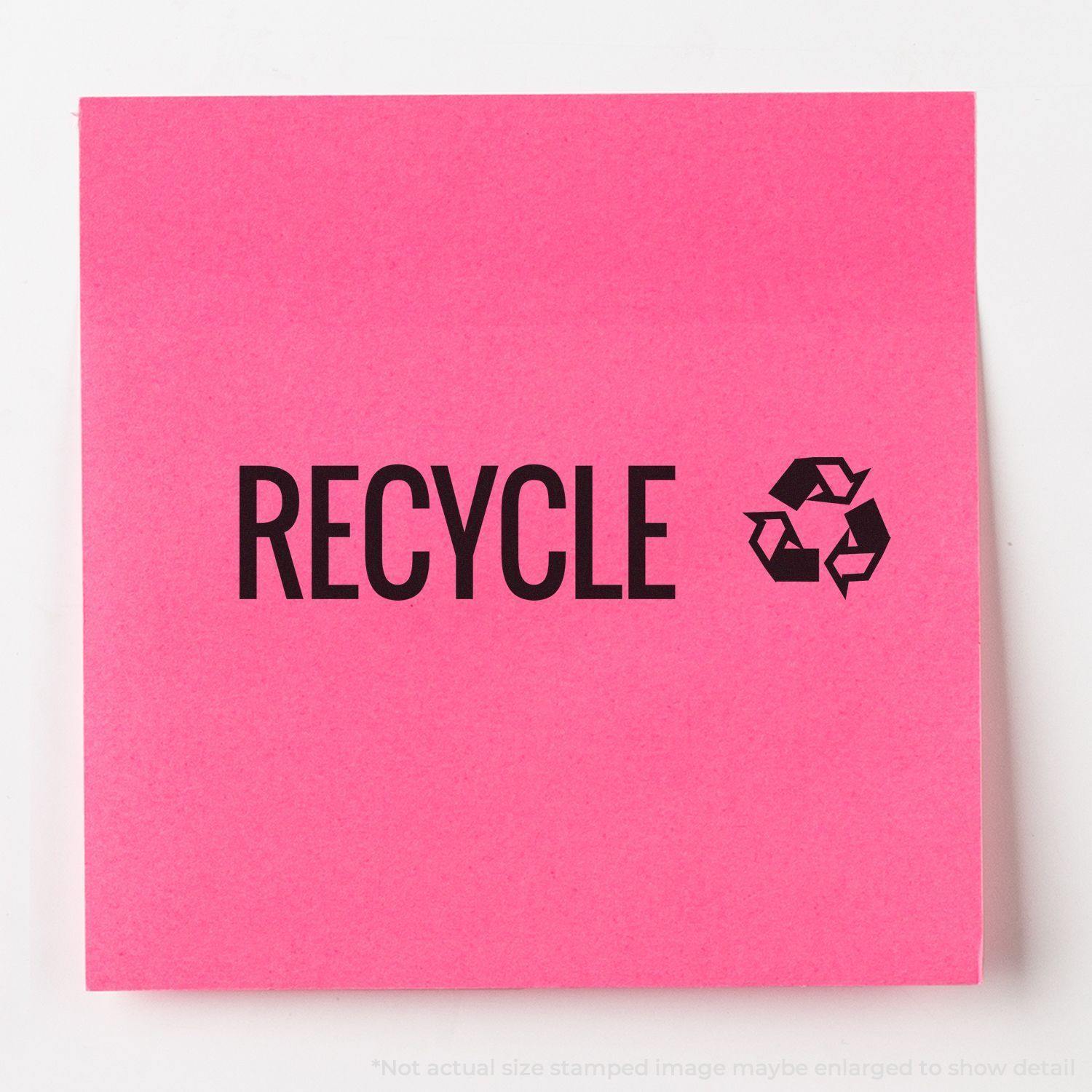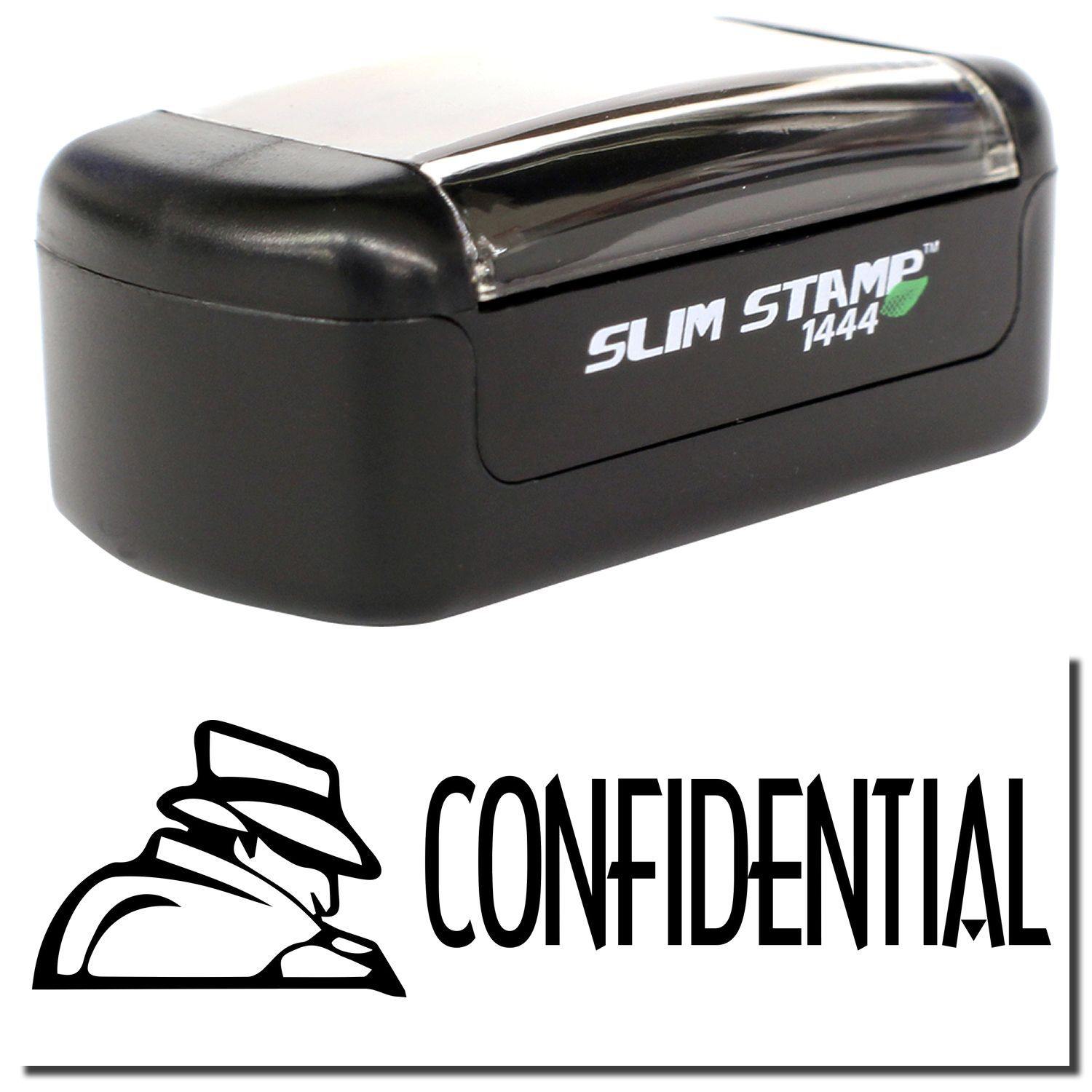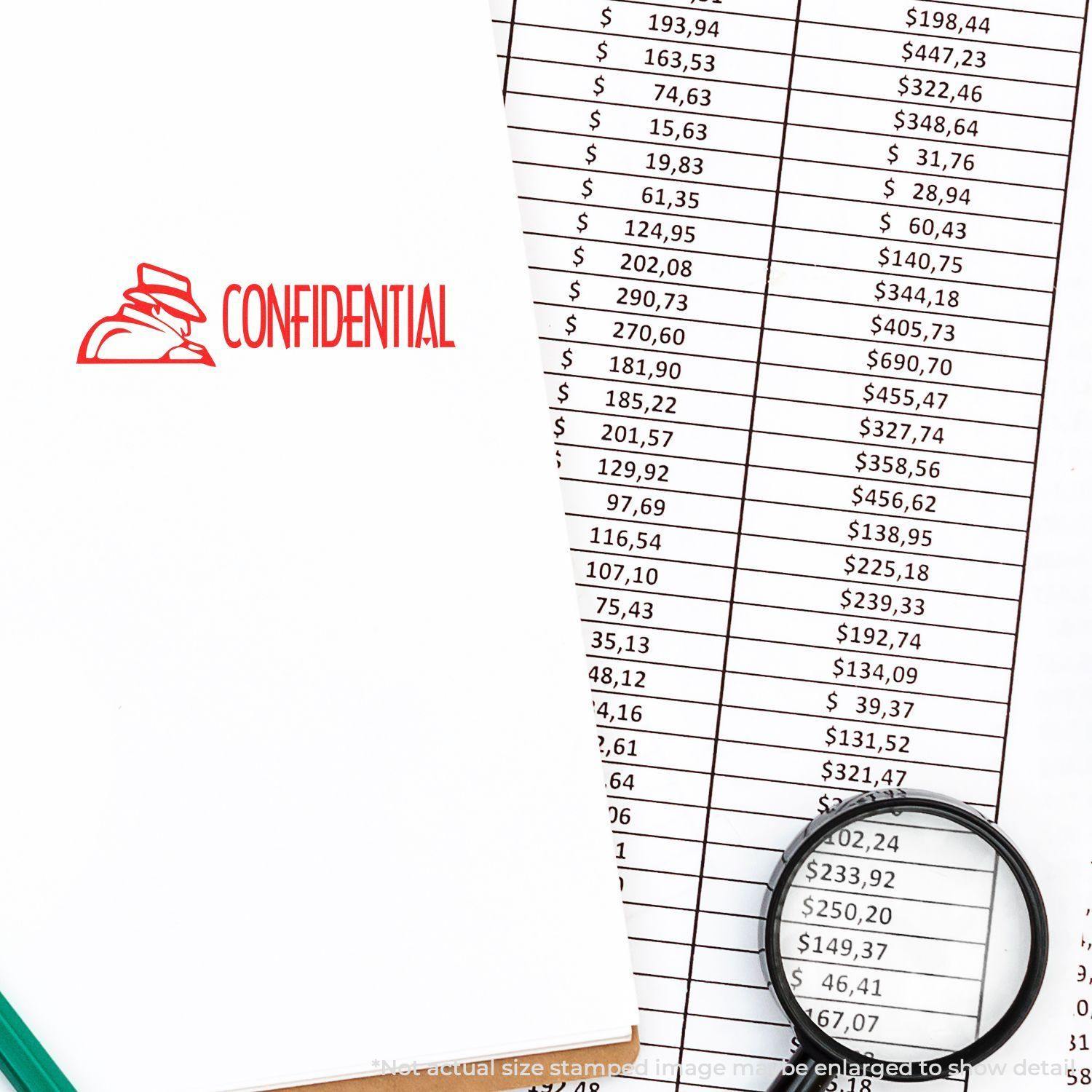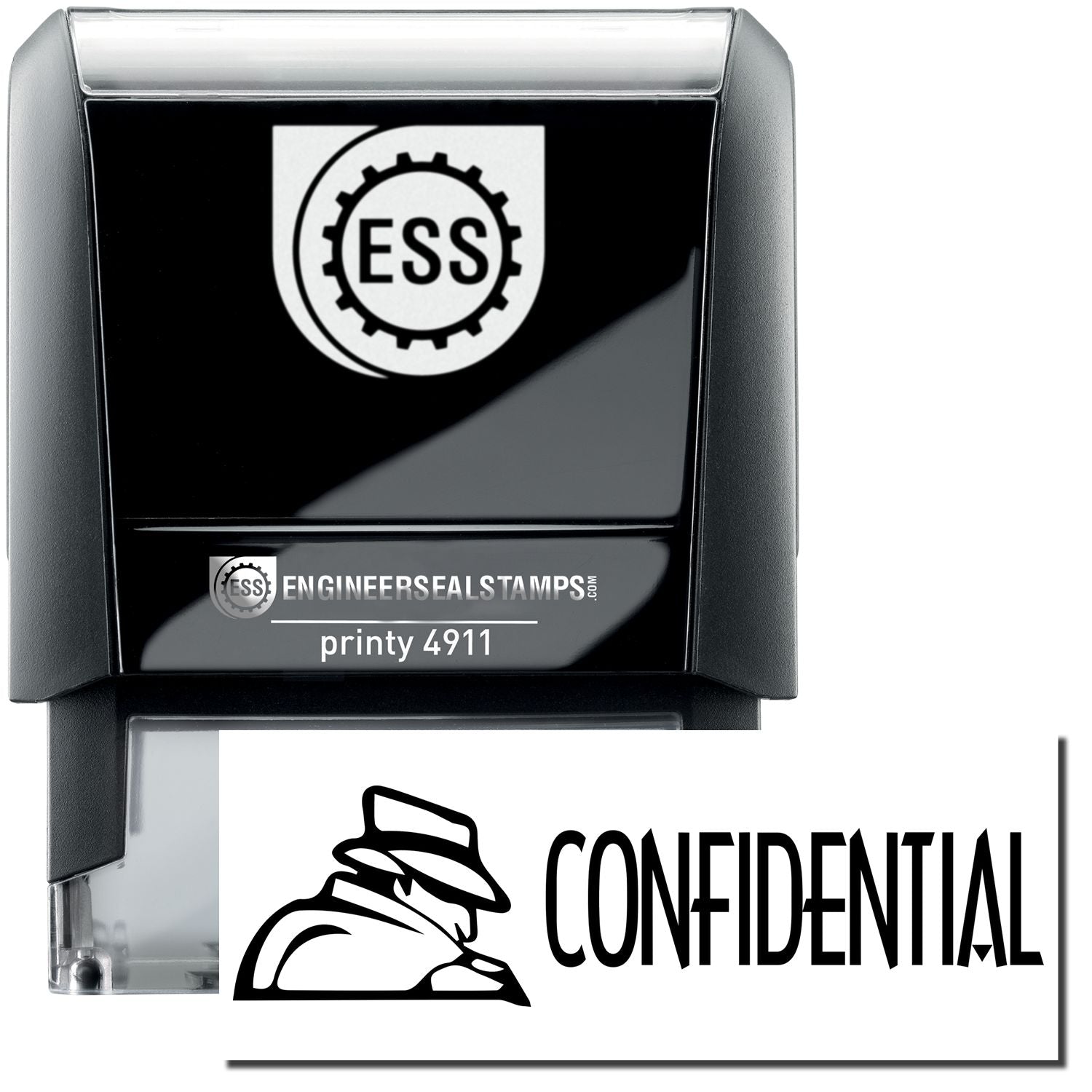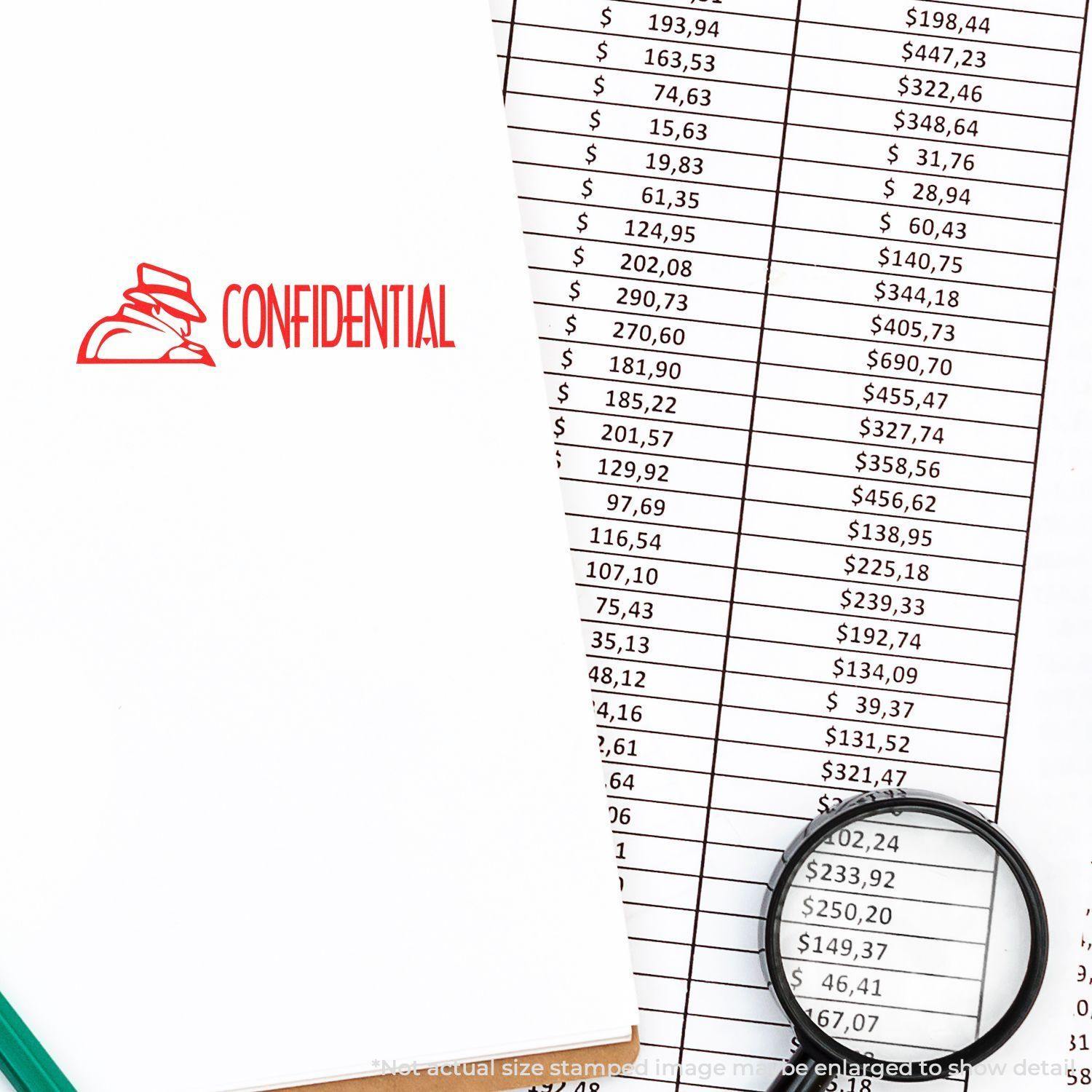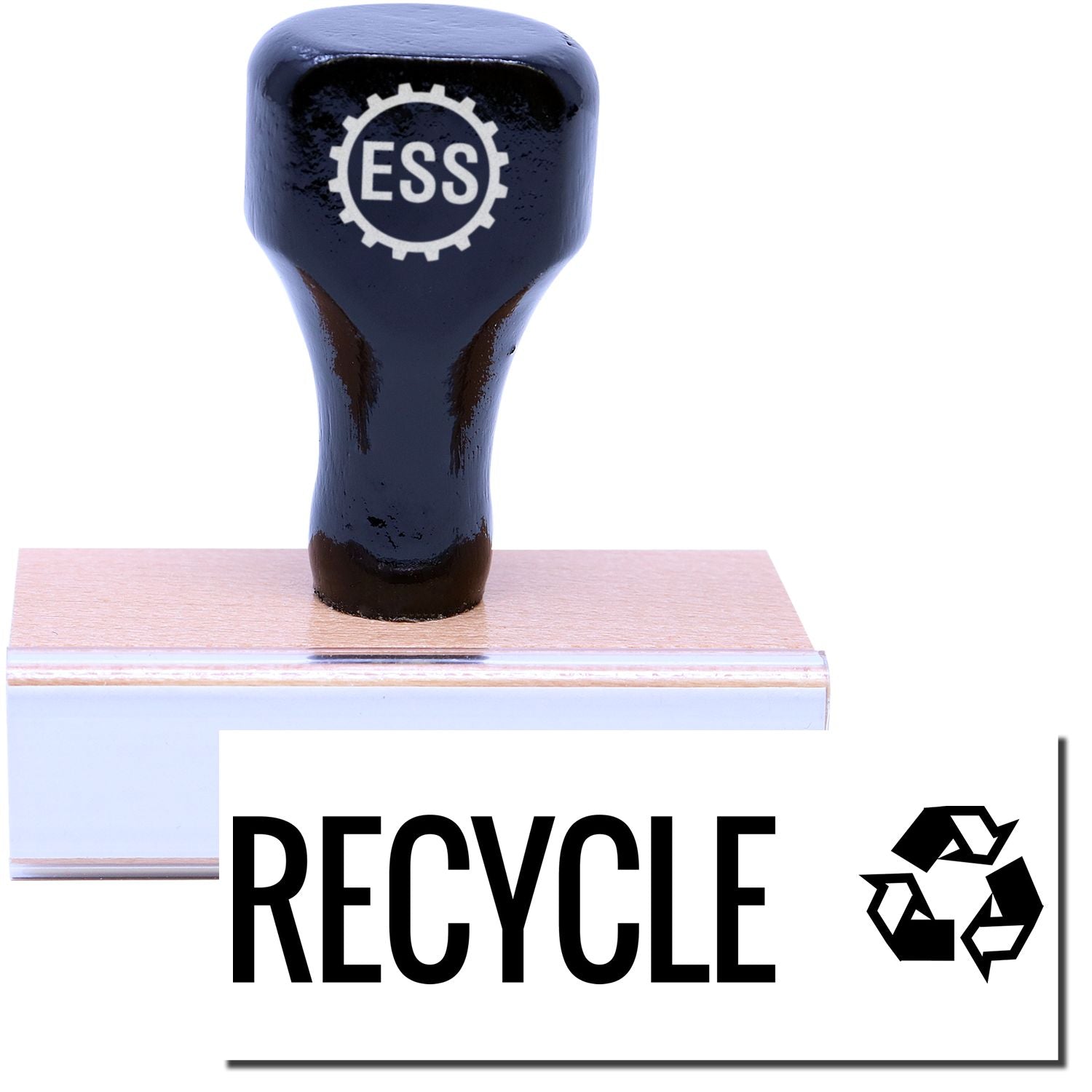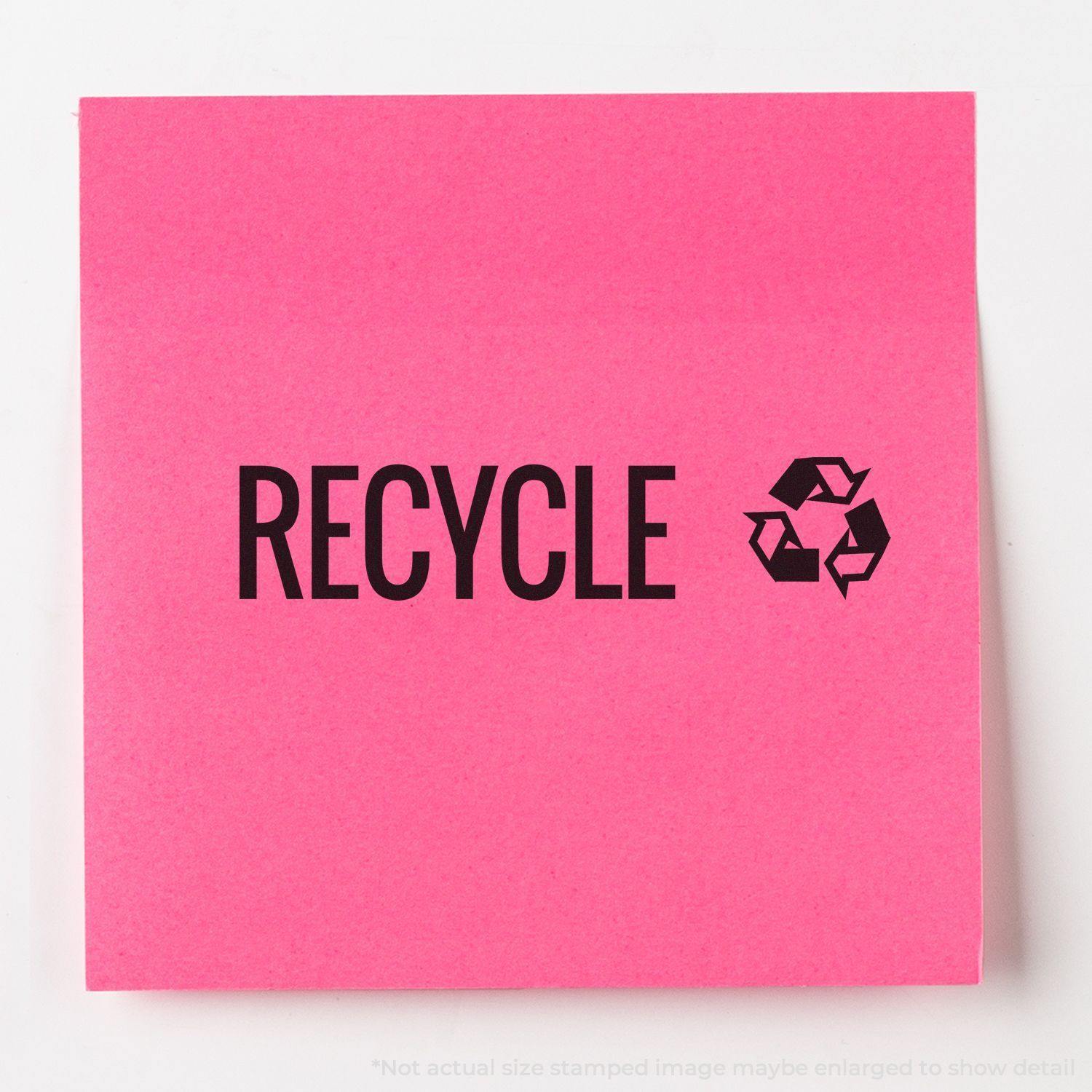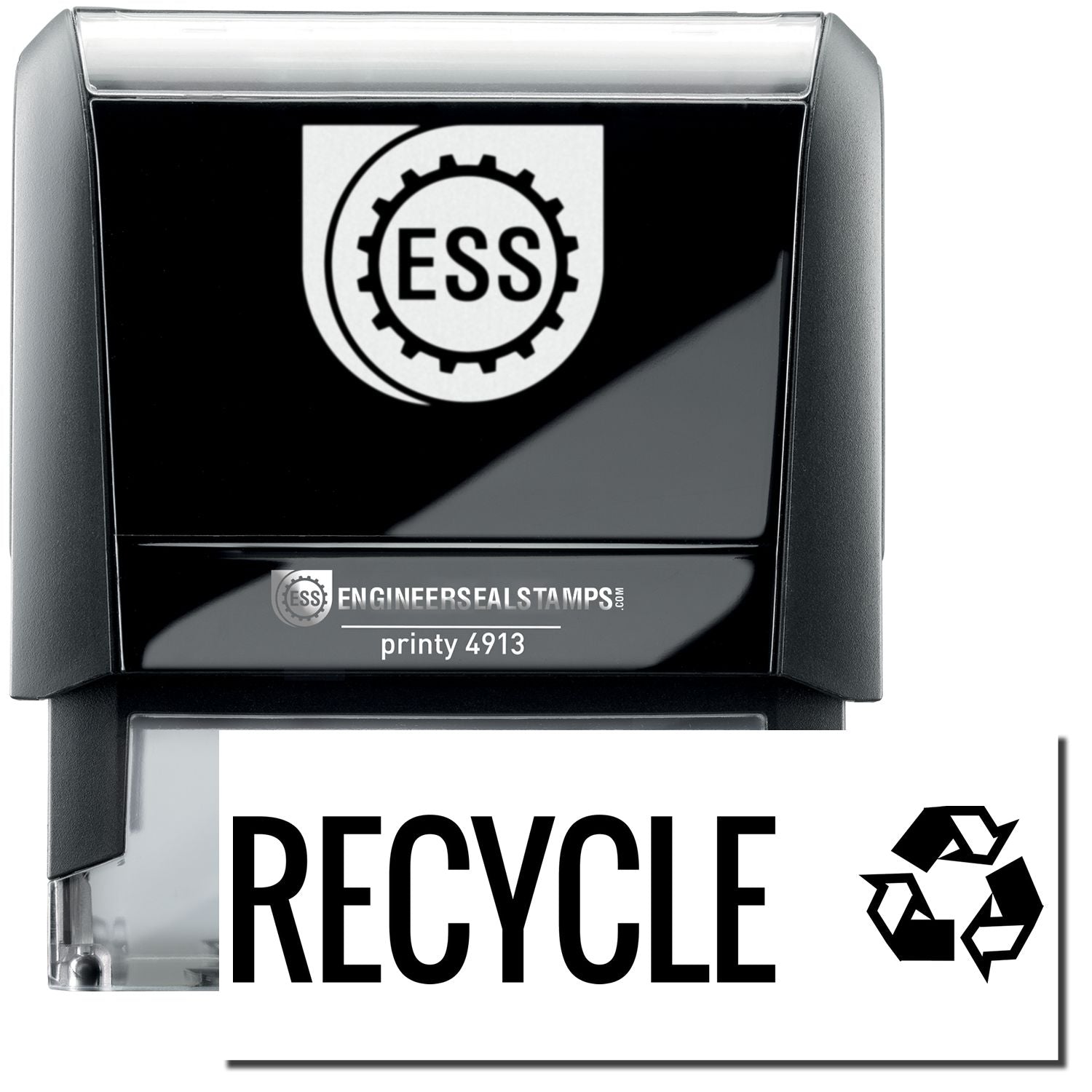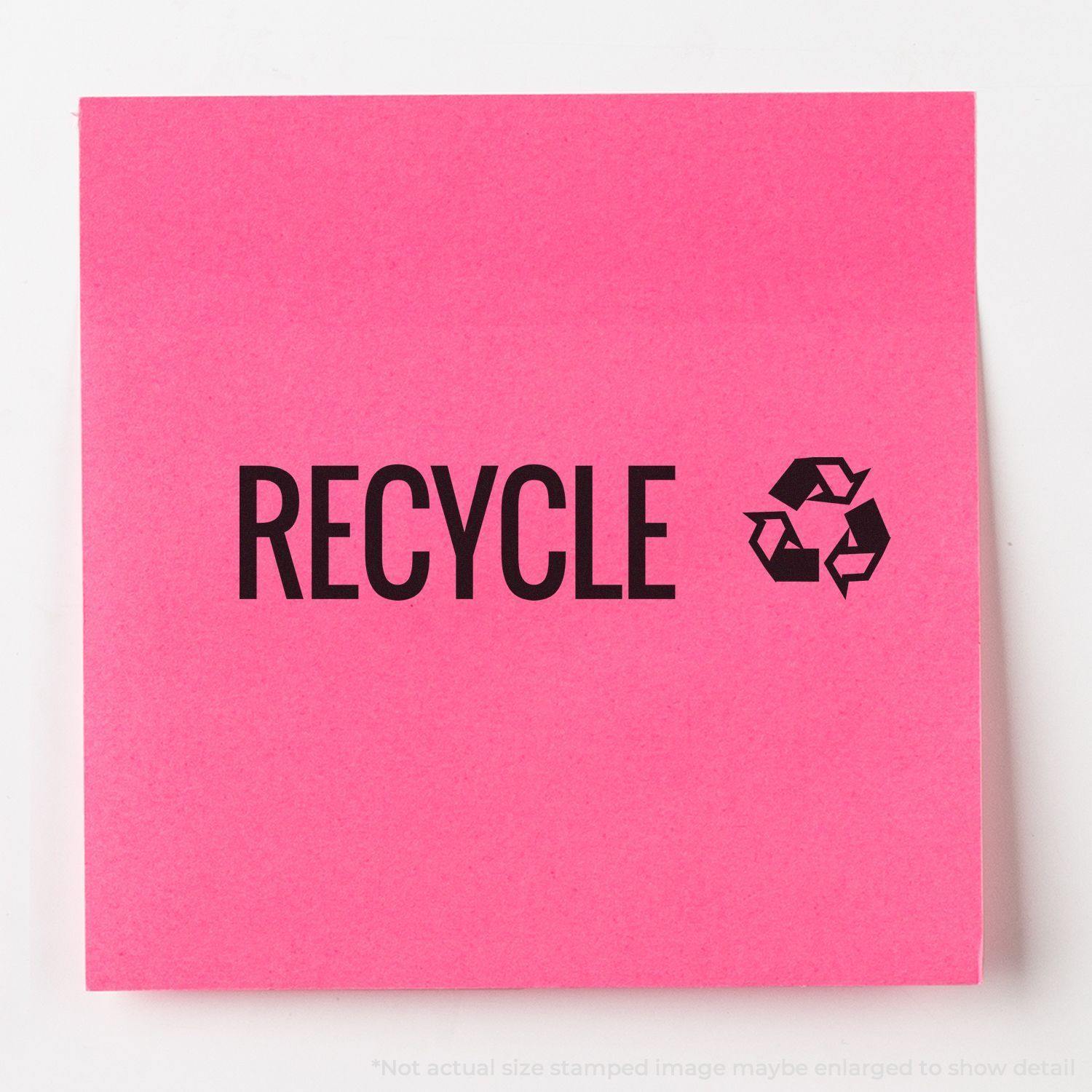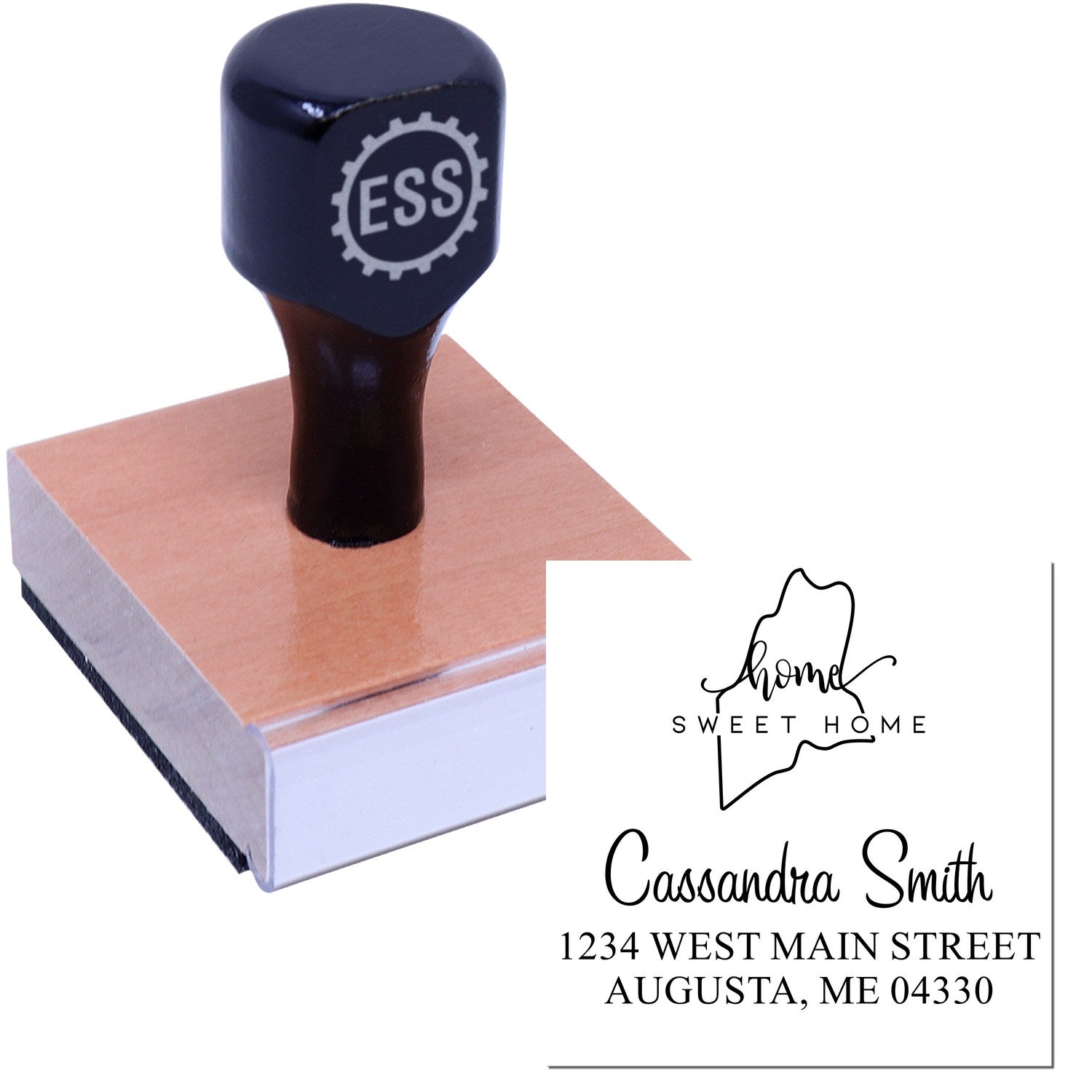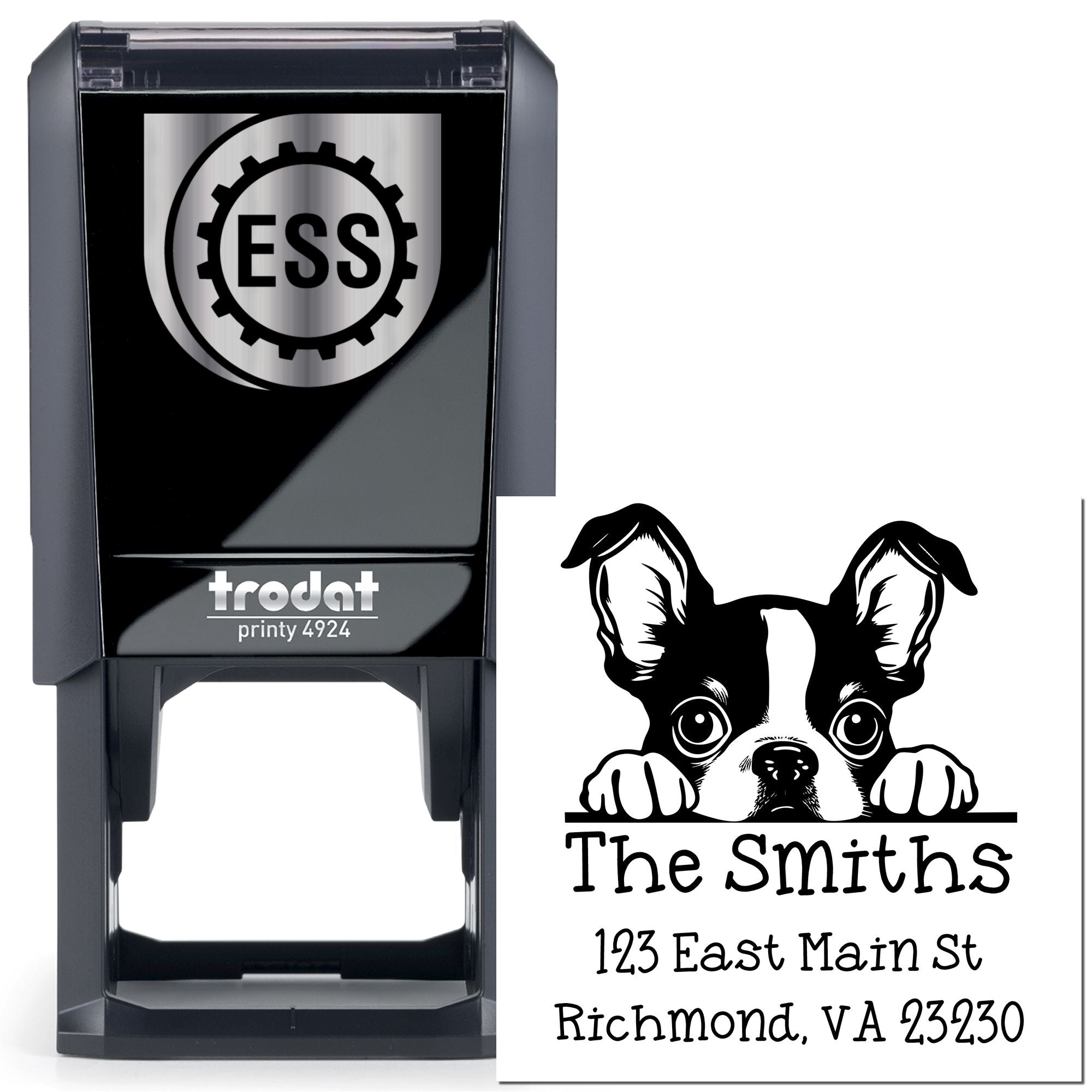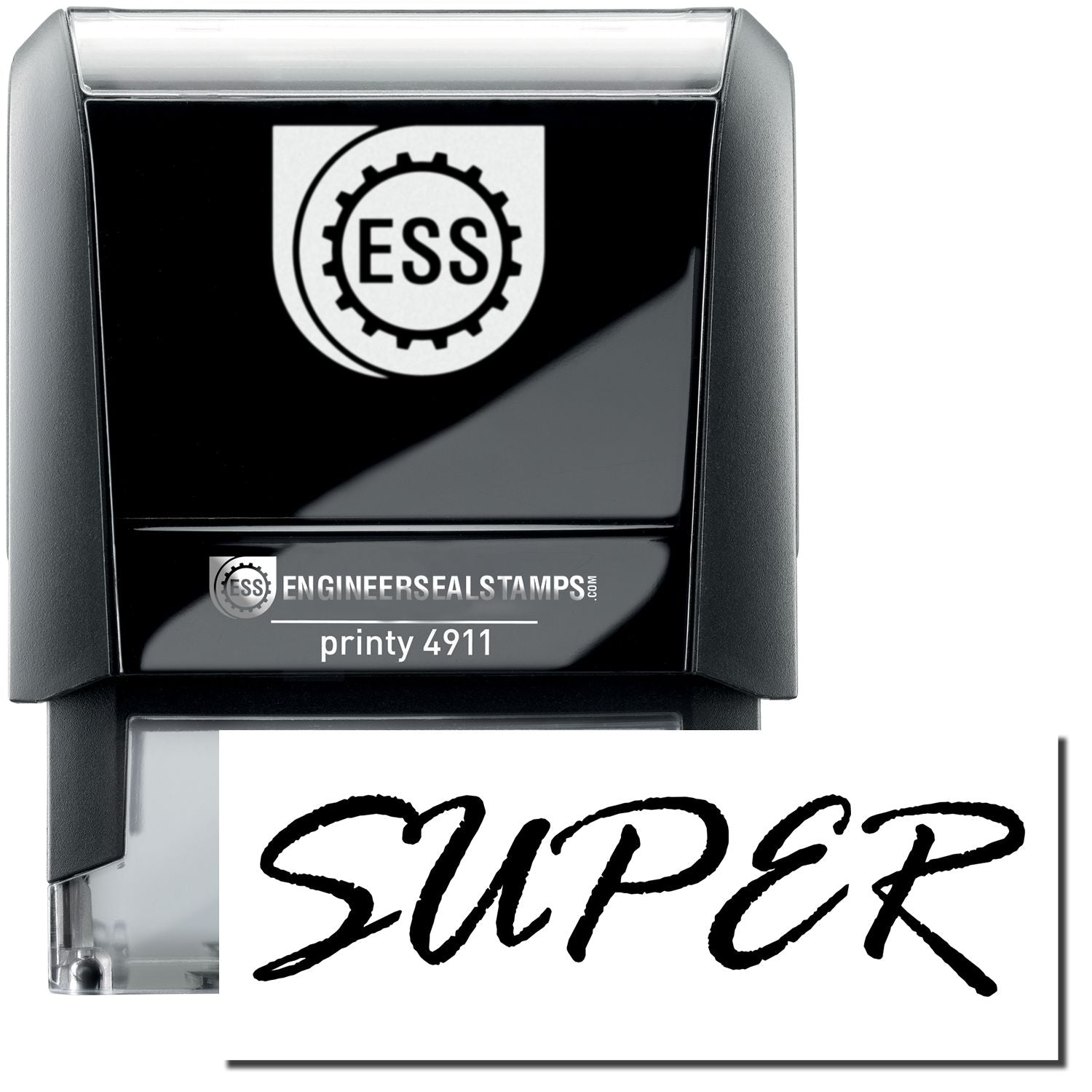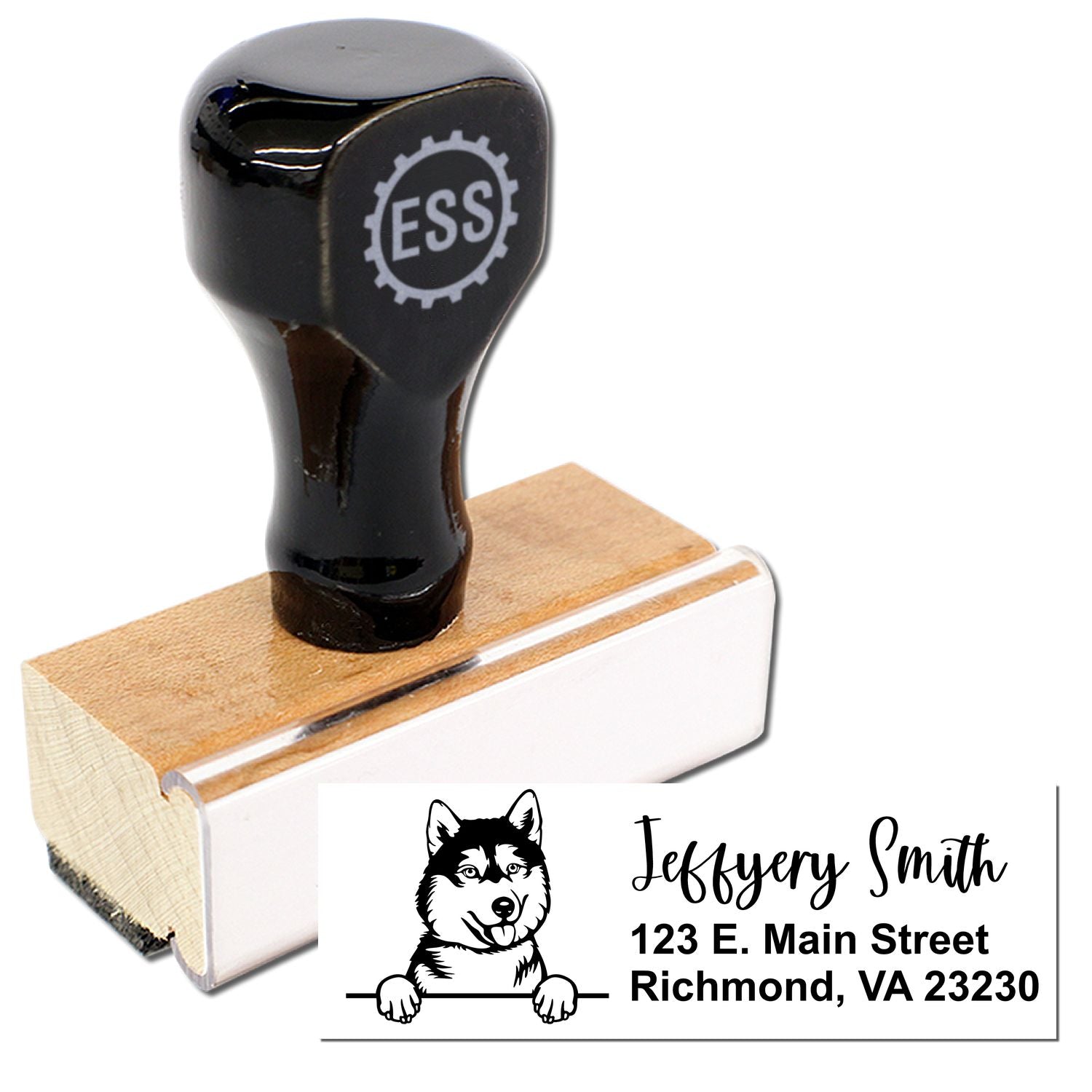Streamlining Your Banking Experience
In the world of banking, efficiency and accuracy are paramount. One key aspect of streamlining your banking experience is through bank deposits. These transactions play a vital role in managing your finances, whether it's for personal or business purposes. To make the process even more convenient, introducing the bank deposit stamp can be a game-changer.
The Importance of Bank Deposits
Bank deposits are essential for individuals and businesses alike. They allow you to safely and securely deposit funds into your bank account, ensuring that your money is protected and readily available when needed. Whether it's cash, checks, or money orders, making regular deposits helps you maintain control over your finances and keep track of your income.
Introducing the Bank Deposit Stamp
To simplify and expedite the bank deposit process, many individuals and businesses turn to bank deposit stamps. These handy tools allow you to quickly endorse checks or other payment instruments with the necessary information, such as "For Deposit Only." By using a bank deposit stamp, you eliminate the need for manual writing, saving time and effort.
A bank deposit stamp typically consists of a customizable rubber stamp with pre-set text, including your account information and the endorsement message. The stamp is designed to provide clear and legible impressions, ensuring that your deposits are processed smoothly without any errors. To learn more about the different types of endorsements, such as bank endorsement stamps and business endorsement stamps, check out our related articles.
Using a bank deposit stamp offers numerous benefits, including time efficiency, accuracy, and organization. Let's explore these advantages further in the next section: Benefits of Using a Bank Deposit Stamp.
Benefits of Using a Bank Deposit Stamp
When it comes to streamlining your banking experience, using a bank deposit stamp can provide several advantages. These benefits include time efficiency, accuracy and legibility, as well as organization and record-keeping.
Time Efficiency
Using a bank deposit stamp can significantly reduce the time spent on manual tasks when making deposits. Instead of manually writing out the necessary information on each deposit slip, a bank deposit stamp allows you to quickly and conveniently imprint the required details onto the slip. This saves time and effort, especially when processing multiple deposits in a short period. With the time saved, you can focus on other important aspects of your business or personal finances.
Accuracy and Legibility
Maintaining accuracy and legibility is crucial when dealing with financial transactions. Handwriting can sometimes be difficult to read, increasing the chances of errors or misinterpretation. By using a bank deposit stamp, you ensure consistent and clear imprints of the necessary information, including your account number, name, and the "For Deposit Only" endorsement. This reduces the risk of mistakes and ensures that the deposit is processed correctly and efficiently by the bank.
Organization and Record-Keeping
Proper organization and record-keeping are essential for managing your finances effectively. A bank deposit stamp helps maintain a consistent format for deposit slips, making it easier to organize and track your deposits. By imprinting the necessary information in a standardized manner, you create a clear and uniform record of each transaction. This can be particularly beneficial for businesses, as it simplifies the process of reconciling deposits and tracking financial information.
To maximize the benefits of using a bank deposit stamp, it's important to ensure that you choose the right stamp for your needs. Factors such as customization options, stamp design and size, and quality and durability should be considered. For more information on choosing the right bank deposit stamp, refer to our article on for deposit only stamp.
Using a bank deposit stamp can streamline your banking processes, saving you time, improving accuracy, and enhancing organization. Whether you have a personal or business account, a bank deposit stamp can be a valuable tool in simplifying your financial transactions and record-keeping practices.
How to Use a Bank Deposit Stamp
Once you have obtained a bank deposit stamp, it's important to understand how to use it correctly to ensure smooth and efficient transactions. Here are some essential guidelines for using a bank deposit stamp effectively:
Proper Placement and Alignment
When using a bank deposit stamp, proper placement and alignment are crucial to ensure the endorsement is clear and readable. Follow these steps for accurate placement:
-
Locate the designated area on the back of the check or deposit slip where the endorsement is required. This area is typically labeled "Endorse Here" or "For Deposit Only."
-
Position the bank deposit stamp over the endorsement area, ensuring that the stamp's text is aligned with the lines or markings provided.
-
Press the stamp firmly and evenly onto the surface, applying even pressure to ensure a clean and legible impression.
Essential Information to Include
The bank deposit stamp should include essential information to facilitate smooth processing of the deposit. Here are some key details to consider including on your stamp:
-
Account Number: Include your account number to ensure accurate identification and crediting of the deposit.
-
Business Name: If the deposit is made on behalf of a business, consider including the business name to provide further clarification.
-
"For Deposit Only": The phrase "For Deposit Only" is a common endorsement that restricts the check or deposit to be deposited only and not cashed.
Including these essential details on your bank deposit stamp helps ensure that the deposit is correctly credited to the intended account.
Tips for Best Results
To get the best results when using a bank deposit stamp, consider the following tips:
-
Use Quality Ink: Ensure that the ink pad of your stamp is properly inked and replenished when necessary. High-quality ink helps produce clear and legible impressions.
-
Practice Proper Technique: Apply consistent pressure when stamping to ensure a uniform and crisp impression. Avoid excessive pressure that may cause smudging or bleeding of the ink.
-
Check for Accuracy: Before finalizing the deposit, double-check that the stamp impression is clear and all necessary information is included.
-
Keep the Stamp Clean: Regularly clean your bank deposit stamp to maintain its performance and prevent smudging or smearing of the ink.
For further assistance or to explore customized options, consider reaching out to a reputable stamp provider. Learn more about the benefits of a bank deposit stamp in our article on for deposit only stamp.
By following these guidelines and using your bank deposit stamp correctly, you can streamline your banking experience and ensure accurate and efficient transactions.
Choosing the Right Bank Deposit Stamp
When it comes to selecting a bank deposit stamp, there are several factors to consider to ensure that you choose the right one for your needs. Customization options, stamp design and size, and quality and durability are important factors to keep in mind.
Customization Options
One of the key considerations when choosing a bank deposit stamp is the level of customization available. Many stamp providers offer the option to customize the text on the stamp to include specific information such as your business name, account number, or any other relevant details. This allows you to create a personalized stamp that aligns with your business needs. Check out our article on custom for deposit only stamp for more information.
Stamp Design and Size
The design and size of the bank deposit stamp are also important factors to consider. The stamp should have a design that is clear, legible, and professional. It's essential to choose a stamp that fits comfortably in your hand, allowing for easy and precise stamping. Additionally, the stamp should be compact enough to carry around without inconvenience. Take a look at our article on self-inking for deposit only stamp to explore a convenient stamp option.
Quality and Durability
The quality and durability of the bank deposit stamp are crucial for long-term use. It's important to choose a stamp made from high-quality materials to ensure that it withstands frequent use without wearing out. Look for stamps made from durable materials such as metal or high-quality plastic. These materials are less likely to break or deteriorate over time, ensuring that your stamp remains reliable and functional. For personalized and durable stamp options, consider exploring a custom bank stamp.
By considering customization options, stamp design and size, and quality and durability, you can confidently choose a bank deposit stamp that meets your specific requirements. Whether you need a business endorsement stamp or a personalized endorsement stamp, make sure to select a stamp that reflects your professionalism and provides a seamless banking experience.
Additional Considerations
While a bank deposit stamp can greatly simplify your deposit process, there are a few additional considerations to keep in mind. These include stamp maintenance and care, legal requirements and compliance, and alternatives to bank deposit stamps.
Stamp Maintenance and Care
To ensure the longevity and effectiveness of your bank deposit stamp, proper maintenance and care are essential. Here are a few tips to keep your stamp in optimal condition:
-
Clean the stamp regularly: Use a mild soap and water solution to clean the stamp surface and remove any ink residue. Avoid using harsh chemicals or abrasive materials that can damage the stamp.
-
Store the stamp properly: When not in use, store your bank deposit stamp in a clean and dry environment. Avoid exposure to extreme temperatures or direct sunlight, as these can affect the stamp's performance and durability.
-
Replace ink pads when necessary: Over time, the ink pad of your stamp may wear out. If you notice inconsistent or faint impressions, it may be time to replace the ink pad. Refer to the manufacturer's guidelines for compatible ink pad replacements.
By following these maintenance practices, you can ensure that your bank deposit stamp consistently delivers clear and legible impressions.
Legal Requirements and Compliance
When using a bank deposit stamp, it's important to adhere to legal requirements and compliance standards set by financial institutions. These requirements may vary depending on your location and the specific policies of the bank. Here are a few general considerations:
-
Endorsement guidelines: Familiarize yourself with the bank's endorsement guidelines to ensure that your bank deposit stamp complies with their requirements. This may include specific wording, placement, or additional information that needs to be included.
-
Signature requirements: Some banks may require a manual signature in addition to the stamp. Ensure that you are aware of any signature requirements when using your bank deposit stamp.
-
Check processing guidelines: Understand the bank's guidelines for processing checks, including any restrictions or limitations on using a bank deposit stamp. This will help you avoid potential issues or delays in the deposit process.
To ensure compliance, it's always best to consult with your financial institution or refer to their specific guidelines regarding the use of a bank deposit stamp.
Alternatives to Bank Deposit Stamps
While bank deposit stamps offer convenience and efficiency, there may be alternative methods for endorsing your checks. These alternatives include:
-
Handwritten endorsements: Some individuals prefer to manually write the required endorsement information on the back of each check. This method allows for flexibility and customization but may be time-consuming for larger volumes of checks.
-
Business endorsement stamps: In addition to bank deposit stamps, there are other types of endorsement stamps available, such as business endorsement stamps. These stamps typically include the business name and other relevant information, making them suitable for various types of endorsements.
-
Electronic deposit: Many banks now offer electronic deposit options, allowing you to scan or photograph checks and deposit them using online banking platforms or mobile apps. This method eliminates the need for physical endorsements and stamps.
Consider your specific needs and preferences when exploring these alternatives to determine the most suitable option for your business or personal use.
By considering these additional factors, you can make the most informed decision regarding your bank deposit stamp and ensure a seamless and efficient deposit process.
About ESS
At ESS, we take great pride in being one of the leading providers of custom rubber stamps, professional seals, and notary stamps in the industry. With decades of experience in the field, we have established ourselves as a reliable and reputable source for all your stamp and seal needs.
Our team of experts is dedicated to providing top-notch customer service, ensuring that you receive personalized assistance in selecting the perfect stamp or seal for your needs. We understand that each customer has unique needs and preferences, which is why we offer a wide range of options and styles for you to choose from. At ESS, quality is our top priority. That's why we offer a state board guarantee on all of our products, giving you peace of mind knowing that your stamp or seal is built to last. We only use the highest quality materials to ensure that your stamp or seal looks professional and is durable enough to withstand regular use.
We also understand that time is of the essence, which is why we offer a quick turnaround on all of our products. Our streamlined process, coupled with our commitment to efficiency, ensures that you receive your stamp or seal in a timely manner without sacrificing quality. In short, ESS is your one-stop-shop for all your stamp and seal needs. With a focus on quality, customer service, and efficiency, we are confident that we can provide you with the perfect stamp or seal to meet your needs.

